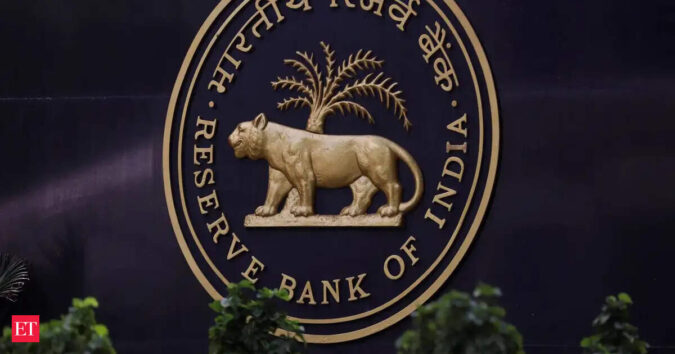The economy has so far shown resilience though it is not immune to global headwinds.
“Domestic structural reforms are helping to somewhat offset the drag on growth from the weakening external demand conditions,” the central bank economists said in the customary state of economy report.
The Indian economy “has so far exhibited resilience, driven by a focus on strong and durable macroeconomic fundamentals – including low inflation, robust balance sheets of banks and corporates, adequate foreign exchange reserves and a credible monetary and fiscal framework,” the monthly review prepared under the guidance of deputy governor Poonam Gupta said.
India’s high-frequency indicators point to a revival in urban demand and robust rural demand. Headline inflation measured by consumer price index (CPI) fell to 1.5% in September, the lowest reading since June 2017.
The current macroeconomic conditions and the outlook have opened up policy space for further supporting growth, the central bank economists said.The RBI maintains that the views expressed in the report are of the authors.Rural demand remained strong, seen in the growth pick-up of two-wheeler and automobile sales on the back of good monsoon and robust agricultural activity, the report observed. Urban demand showed some signs of revival with passenger vehicle sales recording its highest growth in six months.
Lead indicators of manufacturing and services continued to show a robust expansion. The IMF revised India’s GDP growth projections for 2025 upwards by 20 bps to 6.6% even as the projection for 2026 revised downwards taking the medium-term impact of the steep US import tariffs into account.
The merchandise trade deficit widened in September to a 13-month high of $32.1 billion from $24.7 billion in September 2024 on account of the increasing non-oil deficit.
However, the external vulnerability indicators at the end of June showed improvement. The external debt-to-GDP ratio and net international investment position (IIP)-to-GDP ratio strengthened compared to end-March.
Despite the simmering trade tensions due to US protectionism, the trend of foreign portfolio investment showed a reversal. The net FPI flows turned positive in October amidst renewed participation in the primary equity market and sustained investments in the debt segment, reversing the trend of unabated outflow for the preceding three months.
“The state of flux of the global economy and policies present considerable uncertainties to the macroeconomic outlook. In this scenario, the need for economic resilience has become a key priority,” the report noted.
To be sure, global growth too has broadly held up even as both trade and economic policy uncertainty in the US increased in September.
